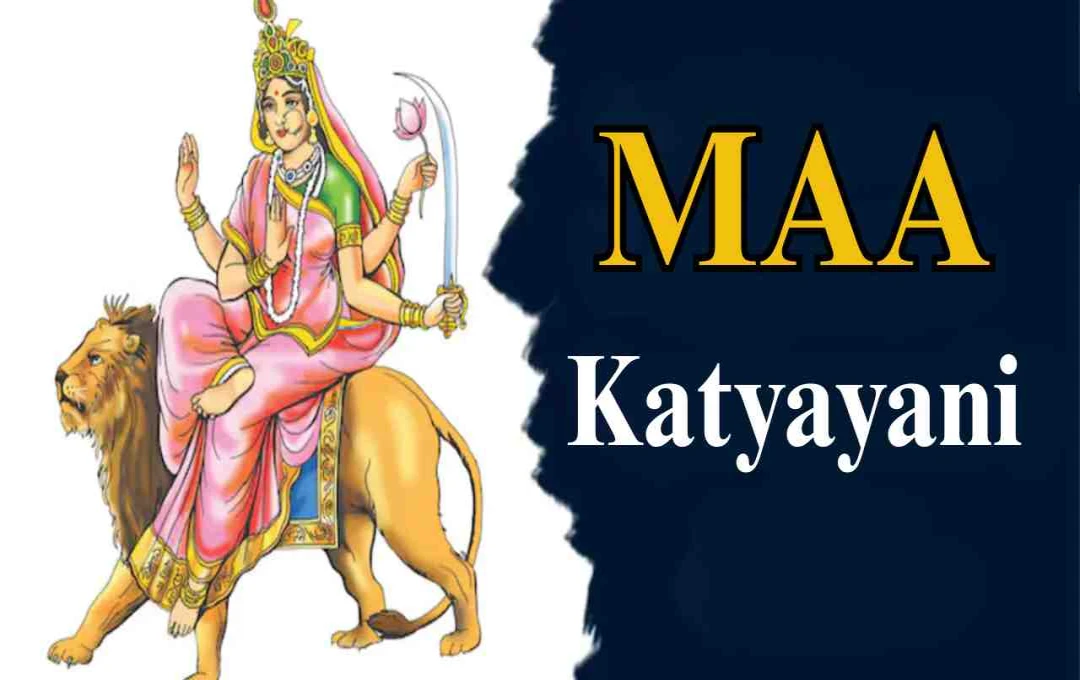Pakistan has launched its first AI reporter with human-like expressions and voice, capable of reading Urdu news in real-time.
AI Reporter: A new chapter in the convergence of technology and journalism has opened in Pakistan. 92 News, a prominent news channel, recently launched an AI news anchor that can not only read scripted bulletins in Urdu but also present breaking news in real-time with human-like facial expressions, voice, and gestures. This technological step is not merely an experiment but is considered a significant beginning of AI technology in Pakistan's media industry.
What are the special features of this AI reporter?
The most significant feature of this AI anchor, presented by 92 News, is that it has been trained entirely in Urdu. Its design, gestures, speaking style, and facial expressions are crafted to resemble a human anchor at first glance.
The AI reporter can not only read a prepared script but also has the capability to deliver real-time updates. This means that during a major event or breaking news, the AI can update itself and deliver the news to viewers, presenting it in a manner similar to a traditional newsroom.
Social Media Frenzy
This AI reporter was first introduced on Instagram, where its clips immediately garnered attention. People on social media were amazed by its gestures, language style, and presentation. Many hailed it as "the future of journalism," while others viewed it as a threat to the originality of journalism.
Previous Use of AI Reporters

AI reporting is not new to the world, but the technological progress in each country has varied. Previously:
- China introduced its first AI news anchor in 2018.
- Kuwait also launched an AI anchor named 'Fedha' on a digital media platform.
- Some news platforms in India have also used AI anchors to a limited extent.
However, this is the first time in Pakistan that an AI reporter has been given the responsibility of not only reading scripts but also delivering breaking news and live updates. This distinguishes it from other examples.
Will AI anchors replace humans?

This question has sparked intense debate. While media houses describe this technology as efficient, 24x7 available, and error-free, journalists and viewers are concerned about whether human anchors will gradually be phased out of news studios.
The biggest advantage of the AI reporter is that it never needs a break, requires no training, and can go live at any time. However, a major question remains: can AI ever fully comprehend human emotions, experiences, and the depth of reporting?
What's next?
The question also arises whether this AI anchor will remain confined to the screen in the future or will it be deployed in areas such as ground reporting, live debates, and interviews?
The answer may be available in the coming months, as the pace of technological advancement suggests that the day is not far when digital avatars will be seen everywhere, from news studios to field reporting.
The Beginning of a Changing Media Landscape
This AI reporter in Pakistan is not merely a technological experiment but also marks the beginning of a changing media landscape and a new era of digital journalism. Its introduction, particularly in a language like Urdu, shows that technology is no longer limited to English or urban populations but is penetrating local languages as well.















